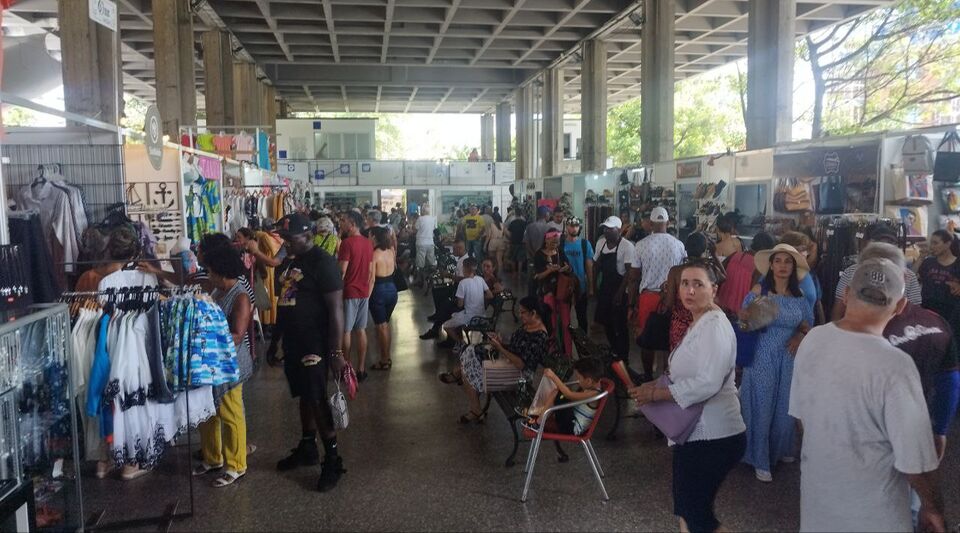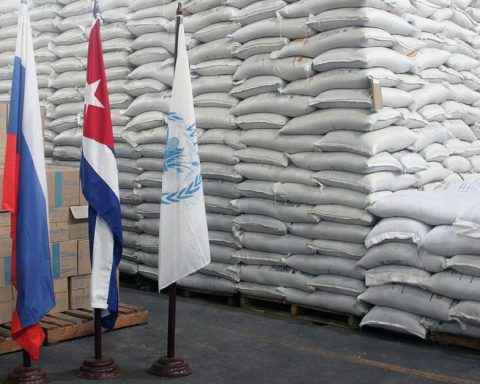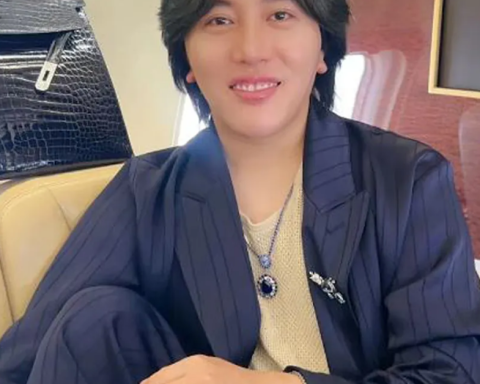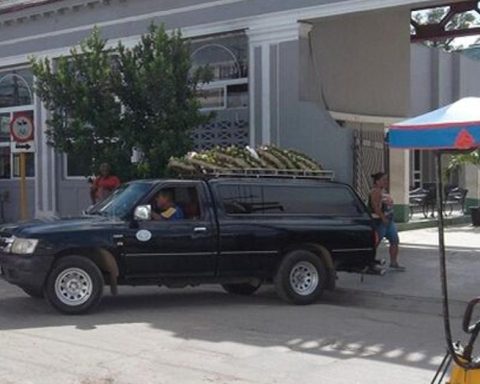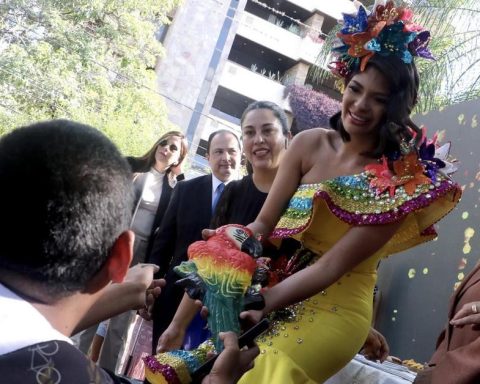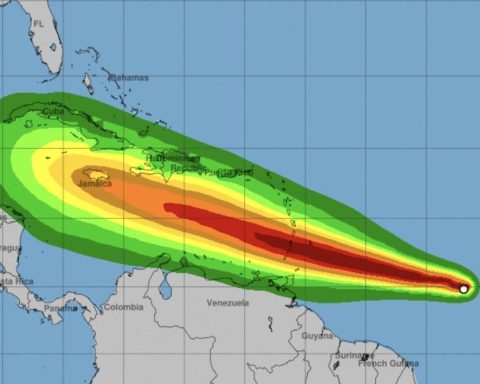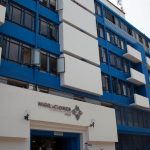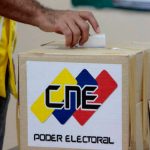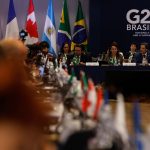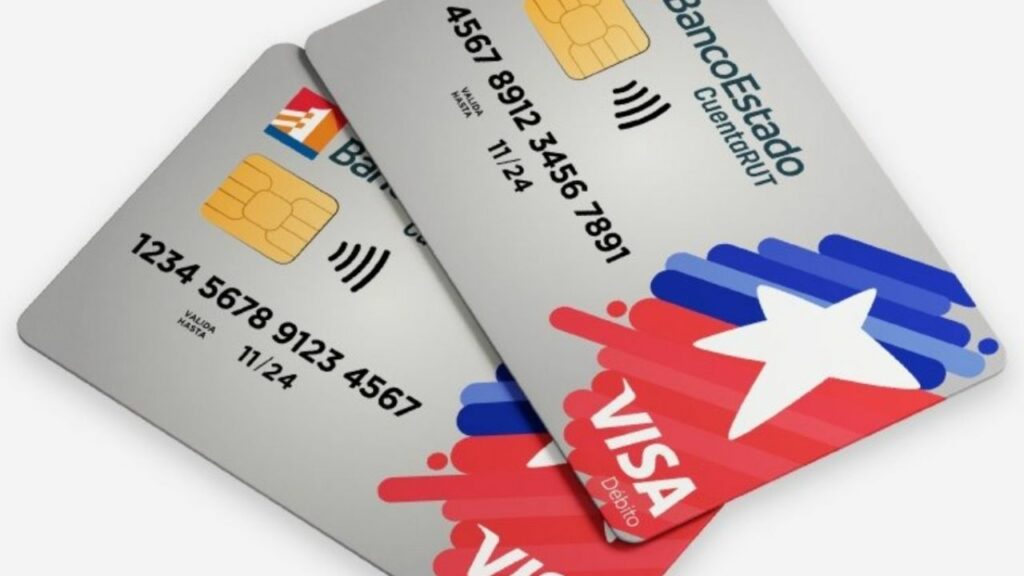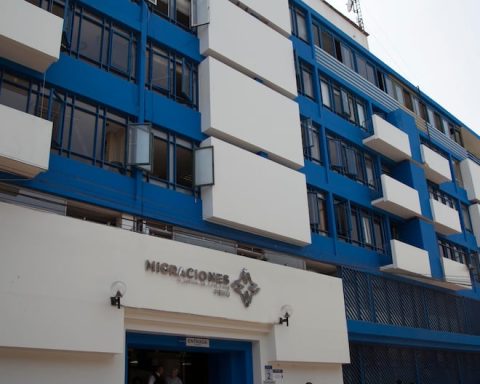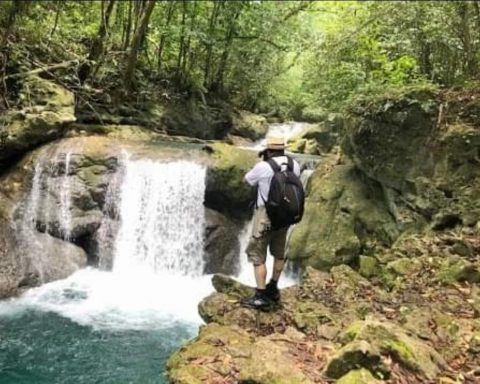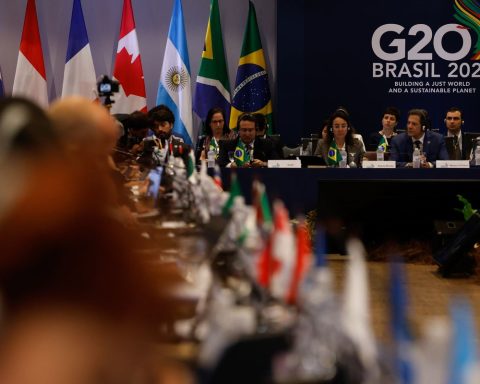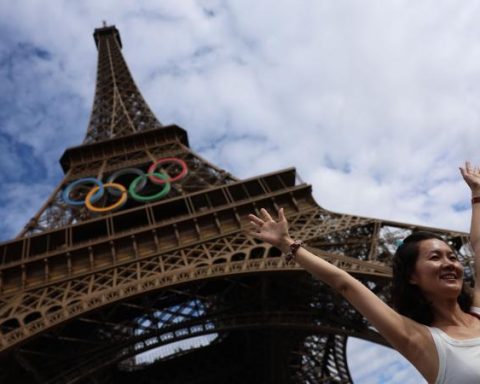It is Saturday. The Cuban Culture Fair “Art in the Cuba Pavilion” in El Vedado, Havana, has only been open for a day but there are only six people in line to enter. Other years, the commercial event attracted crowds, but this July inflation has touched the sky and few dare to spend several months’ salary on a craft.
As soon as you escape the sun on 23rd Street and climb the stairs of the Cuba Pavilion, a stand managed by the Cuban Institute of Cinematographic Art and Industry (ICAIC) makes it clear that this year’s edition is in the doldrums in official offers, that before they occupied most of the stands from the entrance area.
A few books and magazines are displayed on the ICAIC counter, before which newcomers pass by, without looking. “Hold against the wall,” is the next thing customers hear in the long hallway leading to the larger area. An employee finishes cleaning the floor even though the Fair has been open to the public for half an hour.
As an appetizer for what comes next, a lamp shop offers its creations at prices of up to 15,000 pesos. “You have to want to light up,” grumbled a woman who, together with her daughter, inquired with the seller about the material of the products, made mostly of metal and glass.
However, the biggest surprises come in the enclosure that is accessed after the corridor. A store dedicated to jewelry, from the Nikiole brand, claims to highlight the “inner brilliance” of customers with its wide range of jewelry that includes 925 silver accessories, –also called sterling silver– that some reach 8,000 pesos per piece.
Later on, the private ones dominate the spacious hall with offers ranging from artificial flowers from the firm Flores Rafa, at 50 or 100 pesos each depending on the complexity, to stalls for the sale of jars decorated with motivating phrases and posters for hang on the wall that the same warn that “the king of the trickle” lives in a room or describe the inhabitants of a house as “super busy people”.

However, it is Chinese manufactures and imported products that lead the sale. Flip flops that imitate famous brands, paintbrushes, instant glue, magnifying glasses and plastic dolls are found at various points of sale, accompanied by glassware that is also foreign, among which a set of glasses costs 3,800 pesos.
“I’m leaving empty-handed because even a key chain, which is the cheapest, costs 350 pesos. This is to look at and not buy,” complained a young man who, after a quick walk through the Fair, ended up returning on his feet through the corridor, towards the street.

There is no shortage of booths with souvenirs Designed for tourists, they offer everything from the well-worn Cuba street sign to crude reproductions of the Morro de La Habana. In those stalls there are also miniatures of old cars like the ones that continue to roll through the streets of the Island, although the real ones look less cute than in their small scale and much more clunky.
Hygiene products, made locally, with crude labels and unattractive packaging, are also present. Also imported clothing, which arrives in briefcases called worms and charged by the mules from countries like Panama, Mexico, the Dominican Republic or the very island of Margarita in Venezuela.

Locally produced shoes are also in abundance, most coming from the Cuban shoe emporium: the municipality of Camajuaní in Villa Clara. But unlike other years, when customers eager to try on a pair always hovered around sandals and boots, this Saturday there were barely two onlookers who asked the prices and turned around when they heard them.

The gastronomic part is also mostly under private management, which can be seen in the variety and in the numbers that accompany each product on the bulletin board. A hamburger for 300 pesos, a bread with suckling pig for 350, a chocolate bar for 400 and a mamey milkshake for 120, while the state kiosks have beer and hot soft drinks.
Around the stage, the final point of the tour, a dozen people attend a children’s show. A few carry a shopping bag in their hands, the others have only made the journey with their hands behind their backs and their eyebrows raised, glued to the sky like the prices.

________________________
Collaborate with our work:
The team of 14ymedio He is committed to doing serious journalism that reflects the reality of deep Cuba. Thank you for accompanying us on this long road. We invite you to continue supporting us, but this time becoming a member of our newspaper. Together we can continue transforming journalism in Cuba.
